
Woodland Reawakening
Tyringham, Buckinghamshire
The Challenge
Alongside an architecturally celebrated, Grade 1 listed building on the Tyringham estate, lies a small area of woodland. The landscape hosts thousands of years of history: two ancient yew trees, which once guided travellers towards the river crossing, stand in the garden.
When I first visited the site, it was overgrown and underused, strewn with fallen branches that made it almost impenetrable. My client wanted it transformed into something befitting of its prestigious surroundings, a space she could be proud of.
The location wasn’t without its challenges. Every few years the nearby river bursts its banks and the garden floods. It’s also open to the visiting deer, so planting selections needed to be resilient and versatile. Shade-loving species were essential, but they also needed to bring some much needed colour and vibrancy.
As I surveyed the site, I discovered wood anemones, a delicate native plant which is an indicator of ancient woodland. It was clear this project needed to tread very lightly on the landscape, and enhance rather than detract from the natural feel of the area.

Design Development
I spent time at the site, getting to know the woods, the plants, clear in my mind that the key to this project was holding on to the woodland’s character. A detailed survey of the trees, shrubs, and soil helped to build a horticultural profile - holly and boxwood sat beneath sycamores, oaks, hawthorns, and hazels.

After the scrub was cleared, a network of sinuous paths emerged, winding their way through the woods. Using these as a guide, along with observations on light and shadow, islands of planting began to emerge.

The plants I chose needed to thrive in these specific conditions - dry and shady in summer, wet in winter - as well as providing habitats and sustenance for wildlife. In addition to deer, the woodland played host to birds, rabbits, and even otters from the adjacent river Ouse. Tiarellas were chosen for their stunning spring display, whilst white wood asters and grasses extended the display long into autumn and winter. Ferns, foxgloves, and geraniums, all at home in a woodland scene, completed the palette.
The Transformation

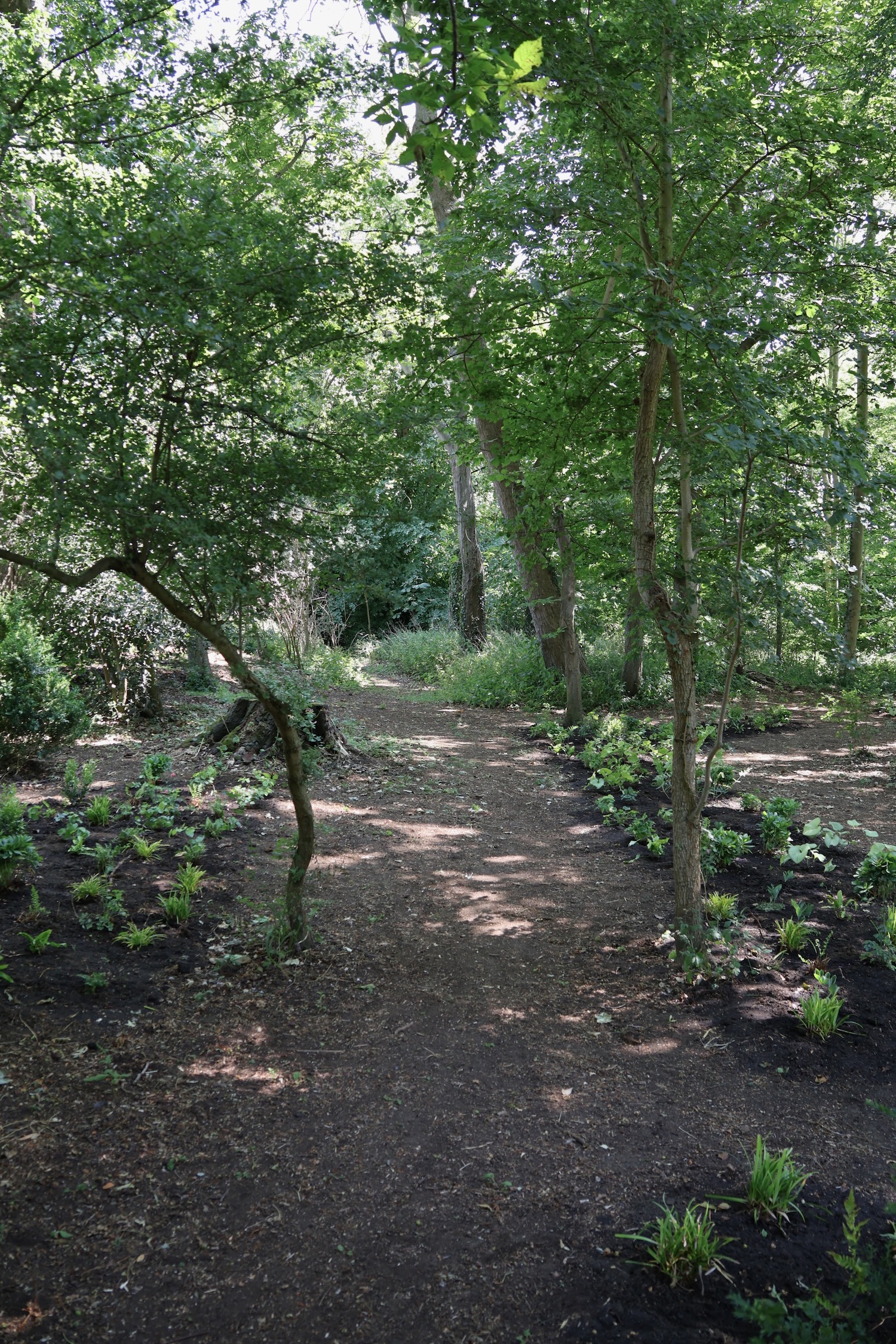
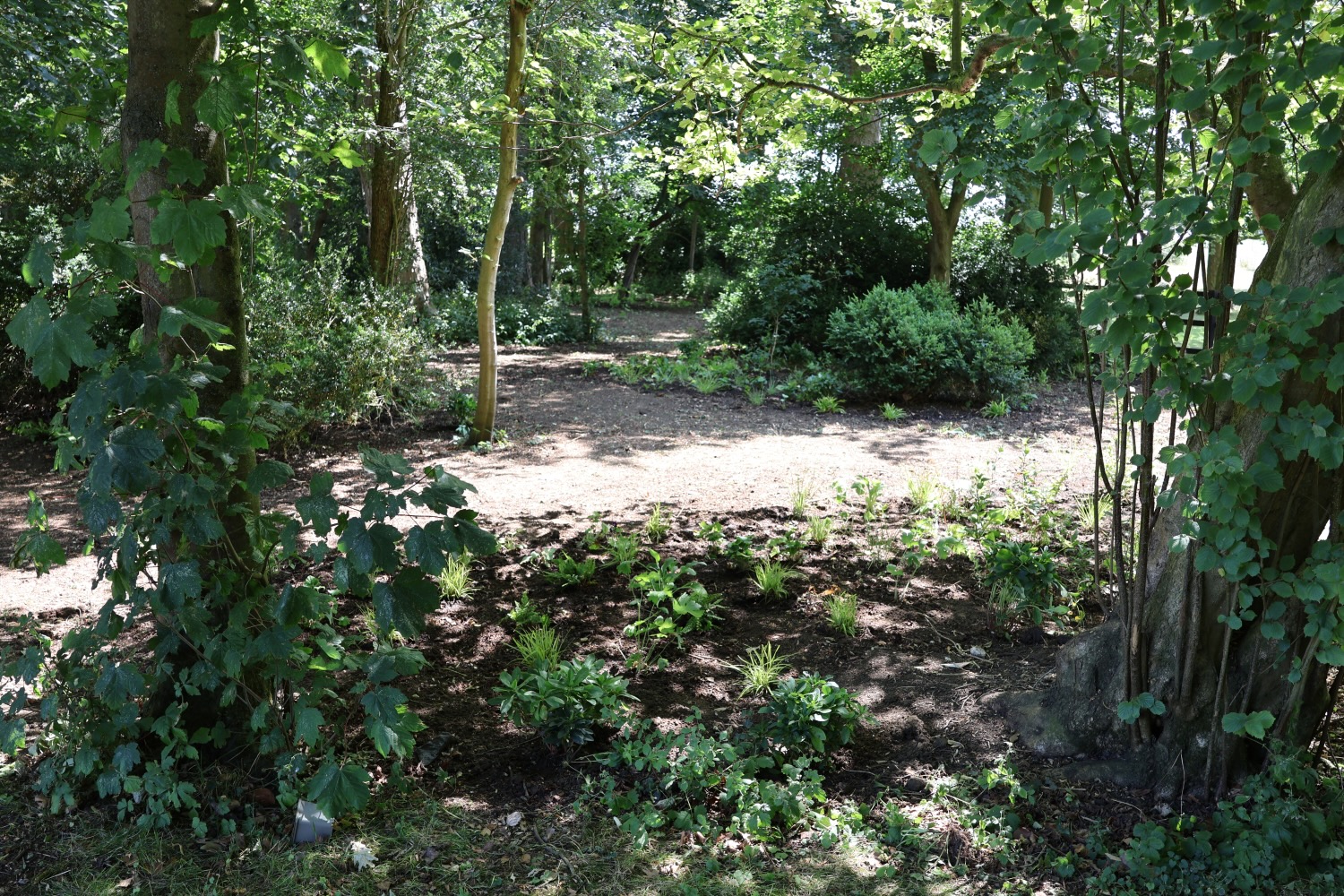
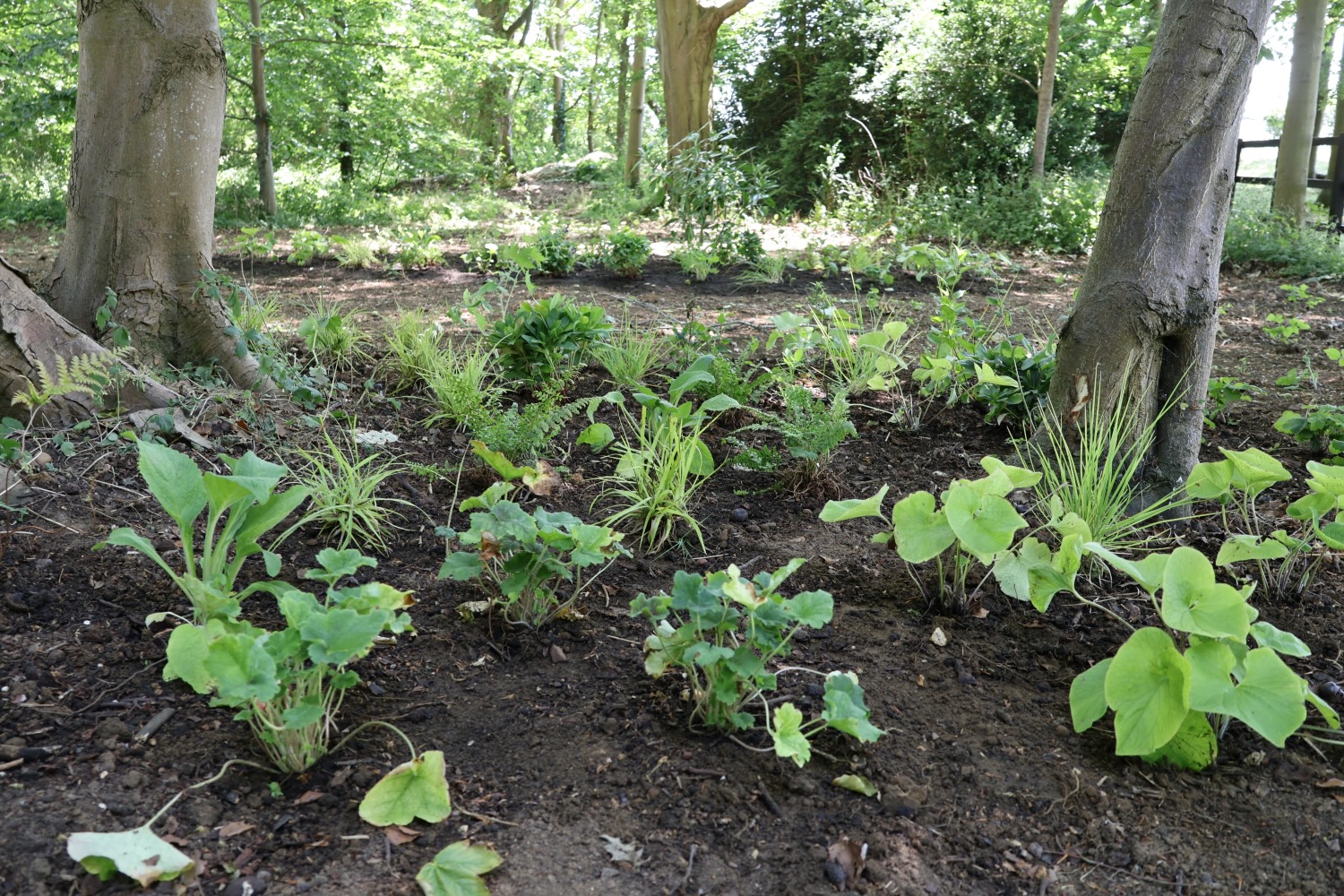
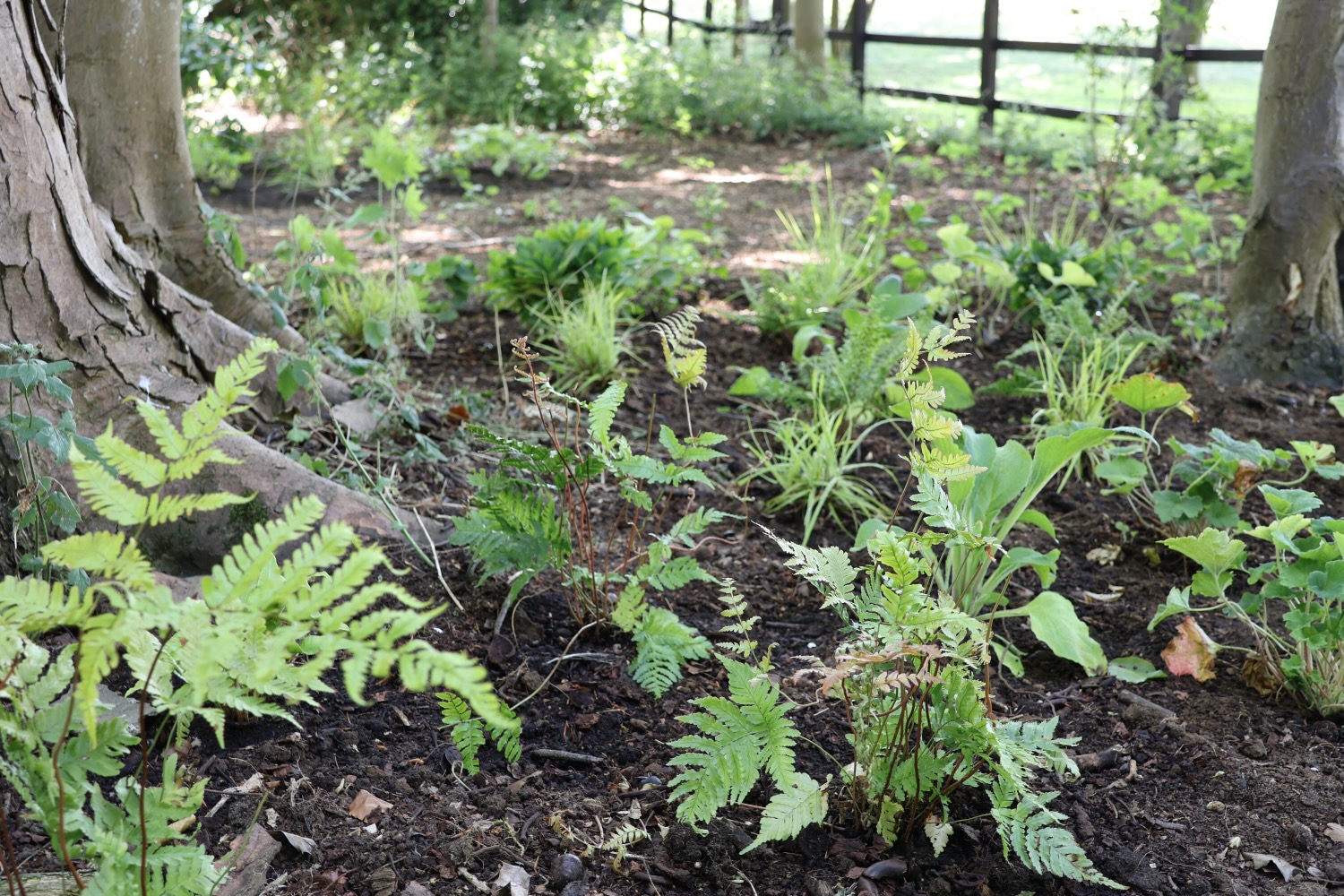
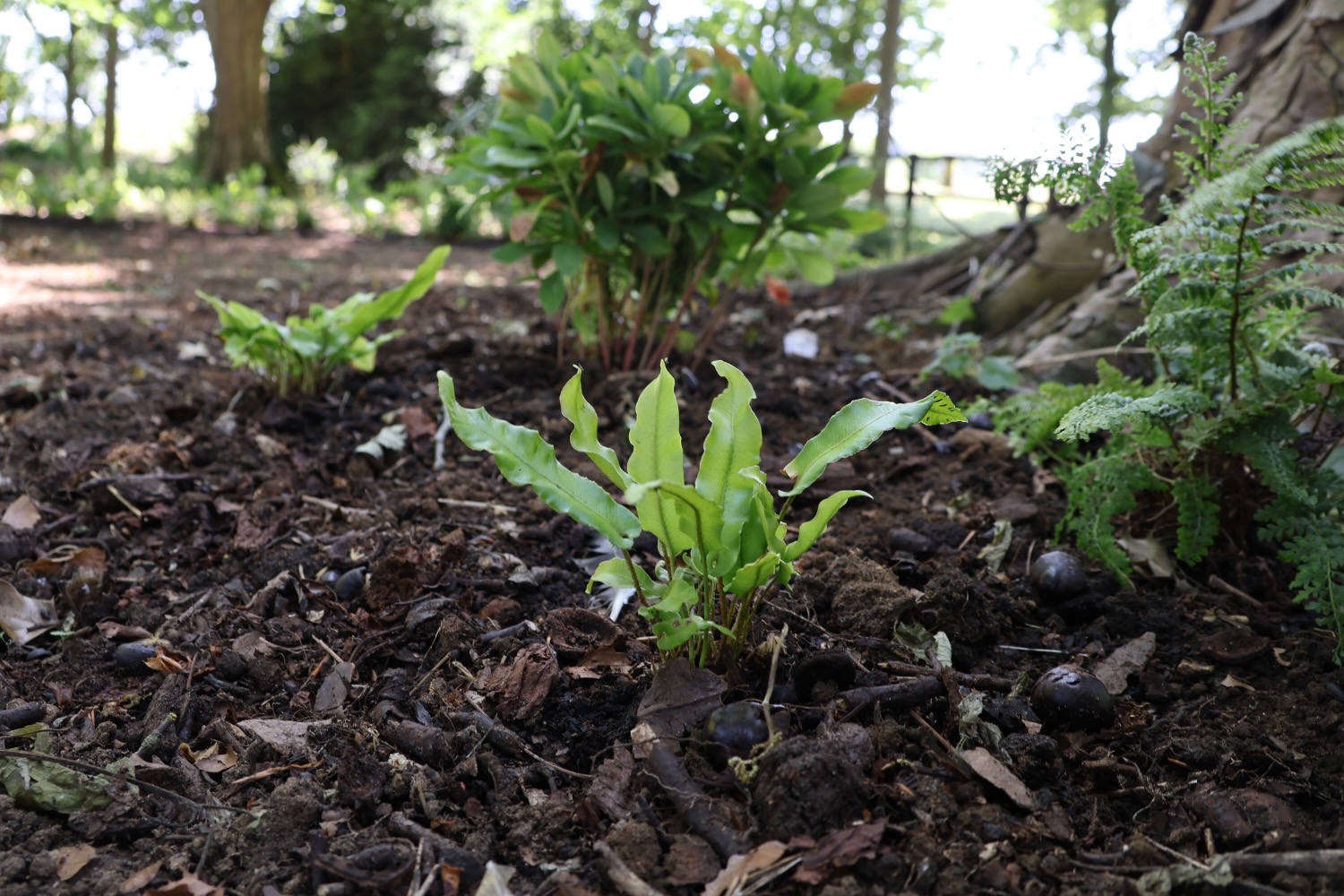
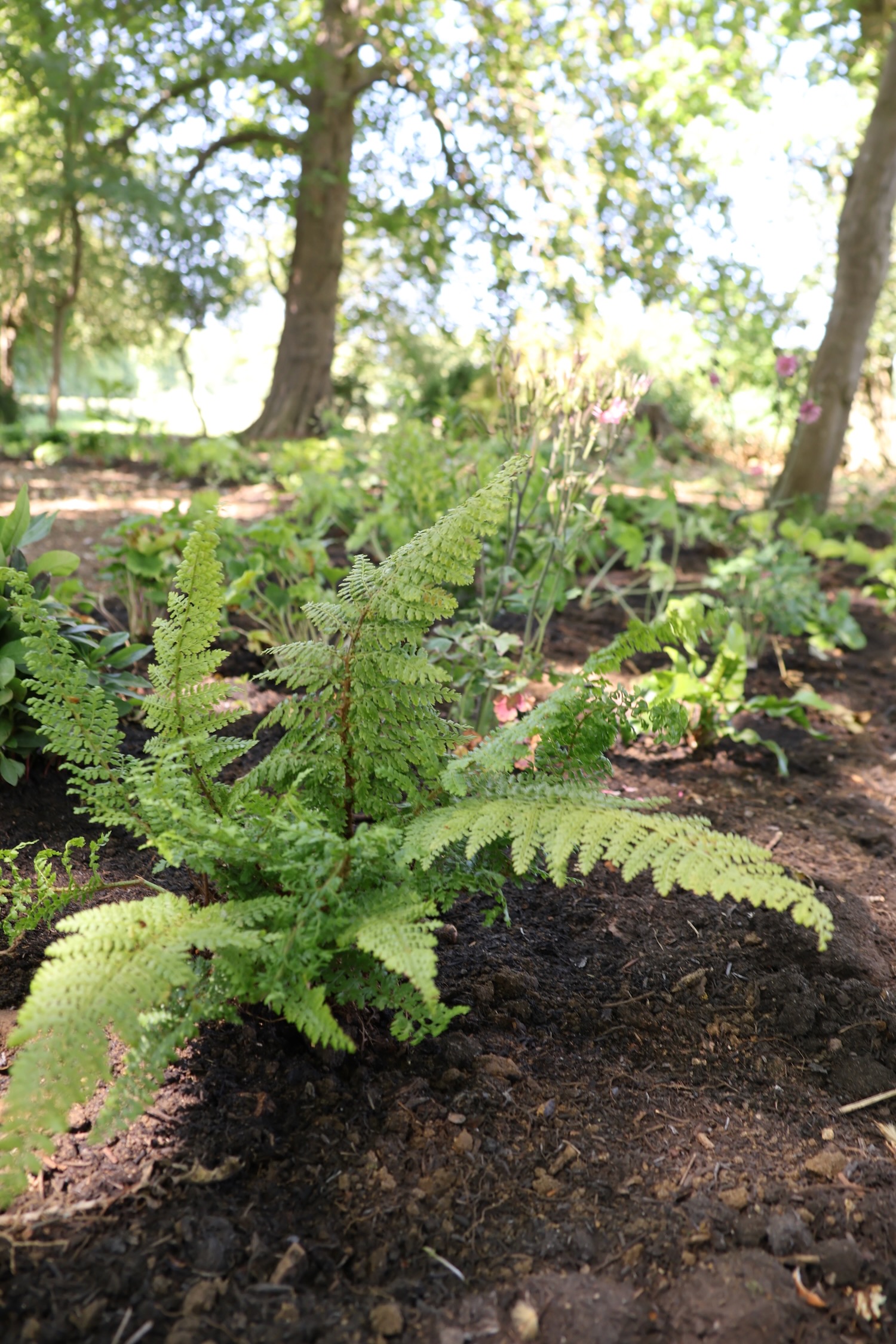
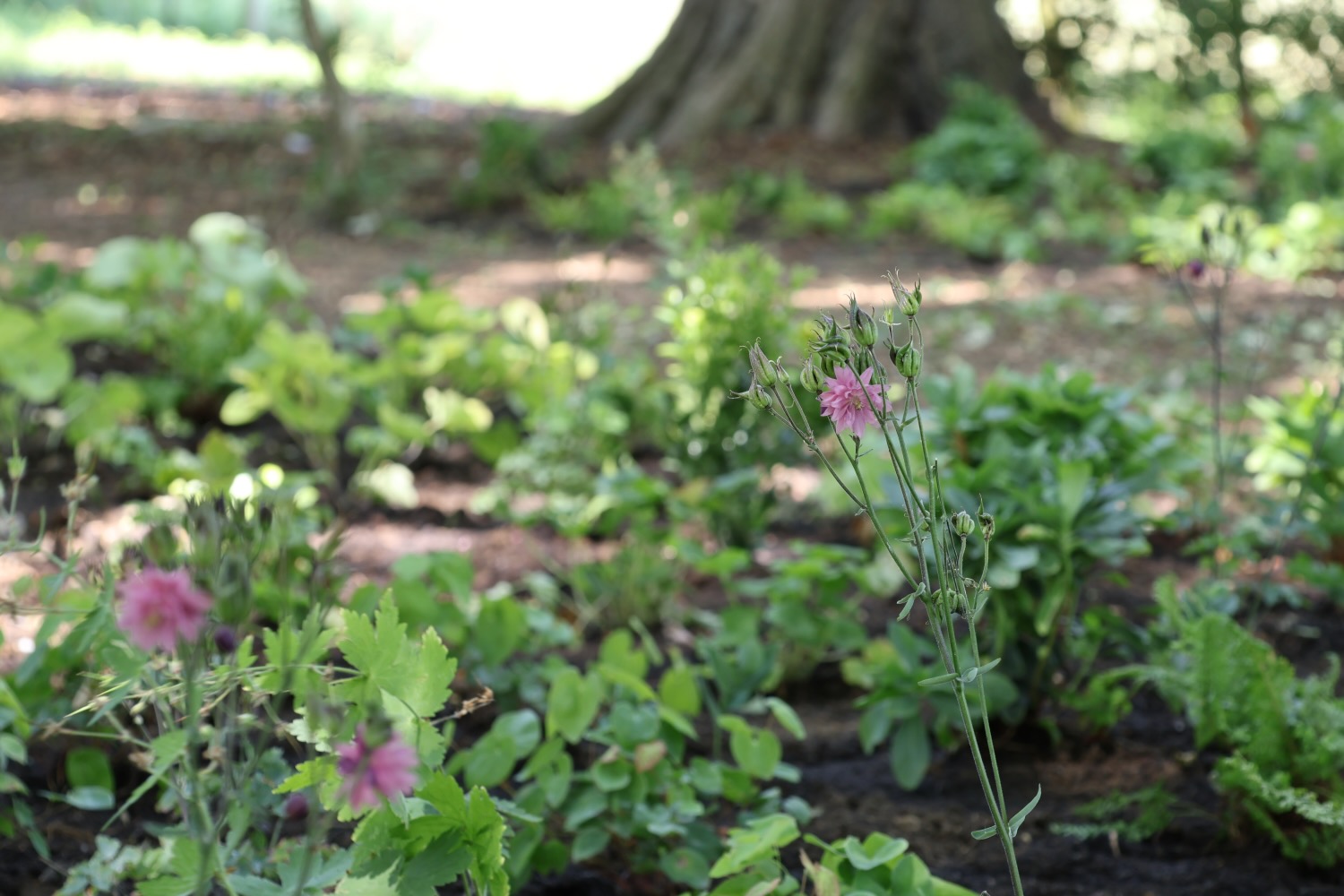
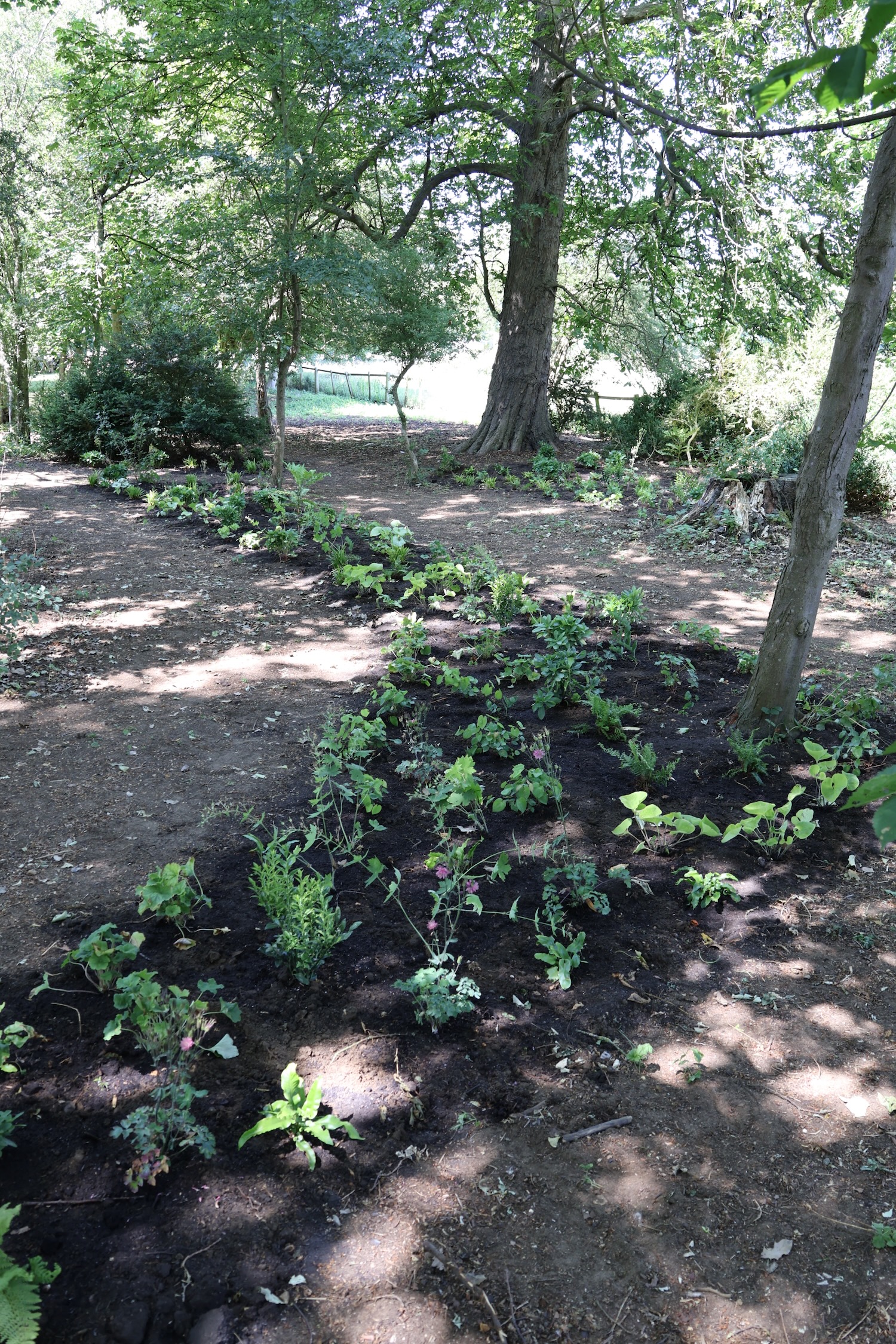

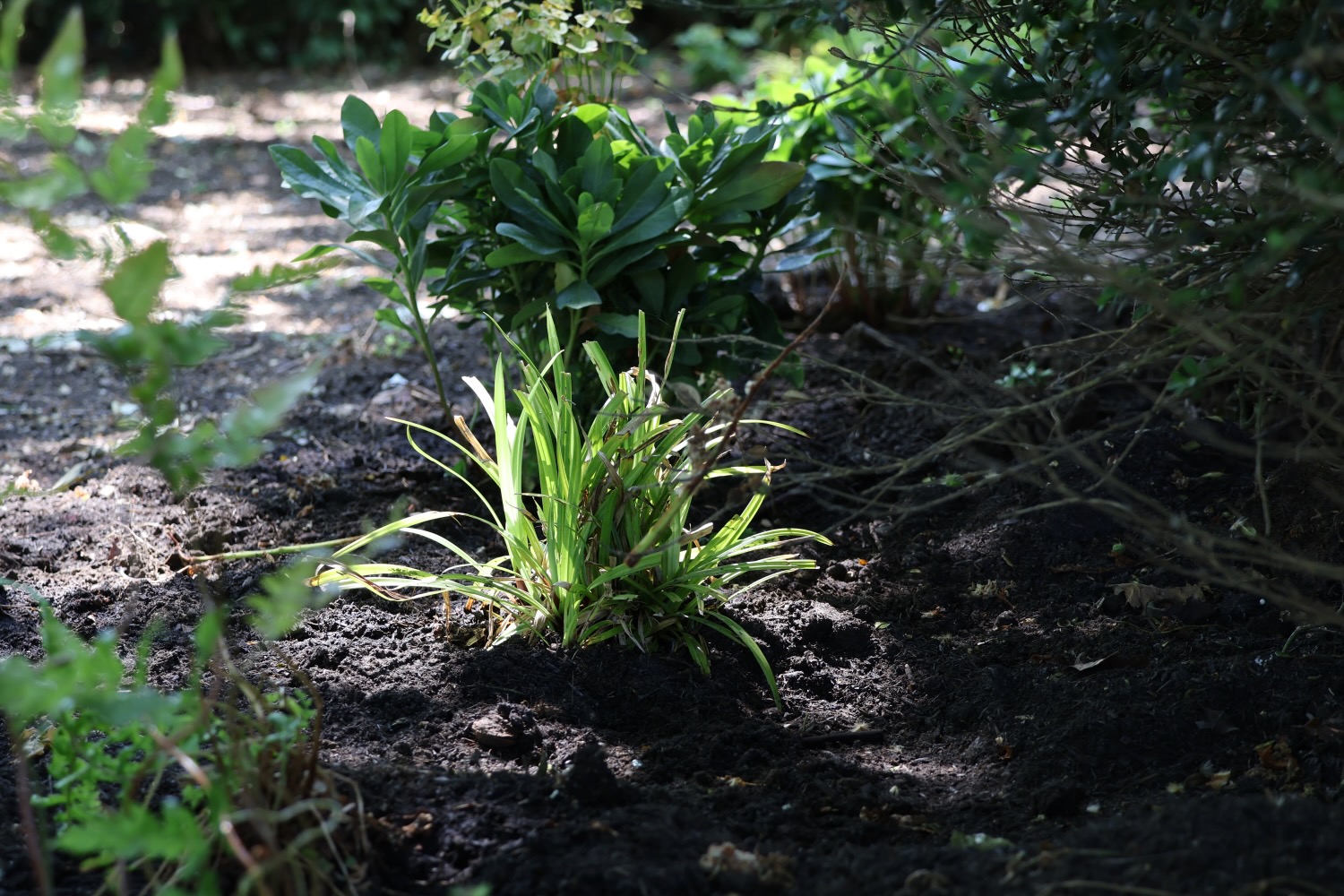
The reimagined woodland now features a variety of winding ways one can wander through and admire the sympathetic, naturalistic planting. Once established, these plants will be tough and low-maintenance, requiring very little input, and mature gracefully. The ferns and grasses will billow and float in the breeze, while other plants bring bursts of colour all year round.
What makes the planting feel natural?
Project Timeline
The Team
No garden is a solo effort, and in this case I worked alongside trusted partners Habitat Landscapes who cleared the site sensitively, a survey assistant, three horticulturalists assisting with planting over the course of three days, and several suppliers from plant nurseries to mulch deliveries.

